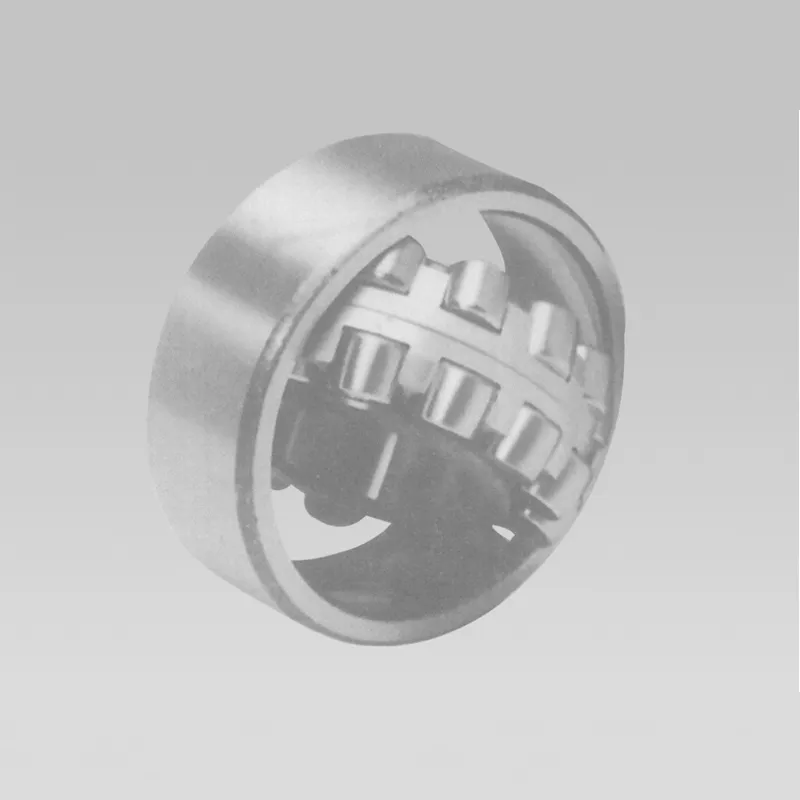
Aug . 14, 2024 10:51 Back to list
Exploring the Features and Benefits of Bearing L45449 for Enhanced Performance in Mechanical Applications
Exploring the Significance of Bearing L45449
Bearings are crucial components in numerous mechanical systems, enabling smooth and efficient movement between parts. Among the vast array of bearings available in the market, the bearing model L45449 stands out for its specific applications and benefits. In this article, we will delve into its characteristics, applications, and the importance of selecting the right bearings in machinery and automotive applications.
Understanding Bearing L45449
The bearing model L45449 is typically classified as a tapered roller bearing. Tapered roller bearings are designed to handle both radial and axial loads efficiently. They consist of an inner and outer raceway with tapered roller elements interposed, allowing for the distribution of loads over a larger surface area. This design is particularly advantageous in applications that experience high-speed rotation and varying load conditions.
One of the defining features of the L45449 bearing is its dimensional specifications, which may include an inner diameter of approximately 1.25 inches and an outer diameter of about 2.75 inches. These dimensions make it suitable for various machinery, including automotive components like wheel hubs and differential gears, where reliability and performance are paramount.
Applications of Bearing L45449
Bearing L45449 is commonly used in both automotive and industrial sectors. In the automotive industry, its robustness and ability to withstand axial loads make it ideal for use in wheel bearings, gears, and driveshaft applications. These components are essential for the smooth operation of vehicles, contributing to safety and efficiency.
In industrial settings, the L45449 bearing is found in machinery that requires precise movement and load handling, such as conveyor systems and rotary equipment. The ability of tapered roller bearings to accommodate misalignment and varying loads ensures that the machinery operates smoothly, reducing the risk of mechanical failure and downtime.
bearing l45449

Advantages of Using L45449 Bearings
One of the key advantages of the L45449 bearing is its ability to provide excellent load-carrying capacity while minimizing friction. This feature is critical in enhancing the performance and longevity of the machinery in which it is used. Reduced friction not only improves efficiency but also leads to lower energy consumption, which is critical in today’s environmentally conscious market.
Additionally, the L45449 bearing is designed for durability. The materials used in its construction, often high-quality steel, are selected to withstand wear and tear over time. This durability translates into lower maintenance costs and longer intervals between replacements, making it a cost-effective choice for businesses and individuals alike.
Choosing the Right Bearing
While the L45449 bearing offers numerous benefits, it is crucial to select the right bearing for specific applications. Factors to consider include load requirements, environmental conditions, and rotational speeds. Proper selection not only enhances the performance of machinery but also contributes to safety and operational efficiency.
Additionally, regular maintenance and inspection of bearings are essential to ensure they function optimally. Signs of wear, such as unusual noises or increased friction, should be addressed promptly to prevent potential failures that could lead to costly repairs or accidents.
Conclusion
Bearing L45449 exemplifies the vital role that bearings play in various mechanical systems. Its design, efficiency, and versatility make it an excellent choice for both automotive and industrial applications. As technology continues to evolve, the importance of selecting the appropriate bearing type cannot be overstated. Through careful consideration and maintenance, operators can ensure the longevity and reliability of their machinery, ultimately enhancing productivity and performance. In an increasingly competitive landscape, the strategic use of quality bearings like L45449 will remain essential for success across different industries.
Latest news
-
Common Failures in Thrust Ball Bearings and Solutions
NewsAug.22,2025
-
How Tapered Roller Bearings Can Take Shock Loads
NewsAug.22,2025
-
Angular Bearings in High-Precision Spindles
NewsAug.22,2025
-
The Impact of Misalignment on Cylindrical Roller Bearing Performance
NewsAug.22,2025
-
The Role of Cage Design in Deep Groove Ball Bearing Durability
NewsAug.22,2025
-
The Impact of Material Quality on Machinery Bearings’ Lifespan
NewsAug.22,2025
